I found out about two plants that are so remarkable on my service program that I had to share them with you here on the blog. Prior to the program I had never heard of either of these plants and yet, they are so phenomenal I can only wonder why not.
First one is called Moringa;it has amazing nutritional value. In the dry or powdered state, the leaves contain 27% protein, 38% carbohydrate and 19% fiber, an amazing distribution. Further virtually the whole plant is edible. The roots may be ground and made into a replacement for horseradish, the leaves may be eaten fresh or cooked, the flowers may be eaten or made into tea, the young tender pods may be eaten as one might eat gen beans or asparagus and the immature seeds may be cooked and eaten as you would garden peas.
The powder form seems to be most interesting. Harvested moringa leaves are dried and ground into a fine powder, which is used as a highly-nutritious food additive. This has become important in child nutrition programs all over the world. Moringa is added to the basic staple the child is accustomed to eating (rice, potatoes maize, poi or cassava for example) and the child readily accepts the nutritious addition to his/her meal. In the Philippines whee the leaves are cooked and fed to children, moringa is known as mothers best friend.
Moringa is a tree of many uses. In addition to human dietary benefits, moringa leaves can be used as animal forage, green manure, to make biogas a domestic cleaning agent and a growth hormone that can increase some crop yields up to 30%. The bark of the moringa tree yields fiber to make rope and mats and the sap or gum from the bark is used in medicines and condiments; together the bark and gum are used to tan hides.
The tree itself is an important resource in alley cropping and as a living fence. The wood is used as paper pulp and produces a natural blue dye. Further nearly every part of the tree is used to make a wide variety of traditional medicines. Additional information about Moringa can be found by clicking the link.
The second plant that is equally astounding is called Neem. This is presumed to have begun in India. Ayurvedic Medicine, the Indian system of healing of at least 6,000 years has long prescribed Neem for a variety of health and beauty problems. Today, Neem has been introduced to many other countries and its popularity continues to grow because it has proven to be a safe, effective treatment to many ailments.
Current scientific research is convincing many Westerners what Ayurvedic doctors have known for centuries - that neem is a great remedy for numerous health problems and promotes overall well-being. Such as:
Burns - neem cream over the affected area reduces pain and kills bacteria, thereby promoting faster healing and less scaring.
Sprains and Bruises - neem cream increases blood flow to the area, reducing swelling and discoloration.
Headache - chew on a few leaves or drink a tea made with some leaves to reduce pain, blood pressure and open constricted blood vessels.
Psoriasis- perhaps the best weapon against psoriasis. Patients have reported that neem extracts or seed oil applied topically were as effective or better than cortisone and did not produce side effects.
Wrinkles - the same compounds that treat psoriasis also help in maintaining the skin's suppleness. Apply a small amount of neem cream after washing and drying the skin.
Teeth and gums - a daily application of neem mouthrinse has yielded improvements in tooth decal, bleeding, sore gums and infections. Neem has also prevented cavities in millions of South Asians in spite of the lack of "modern" dental care.
Both of these products can be purchased by using a search engine online.
Subscribe to:
Post Comments (Atom)


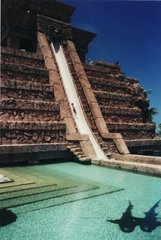








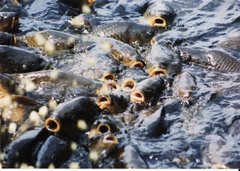
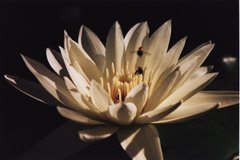
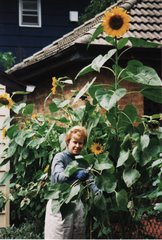
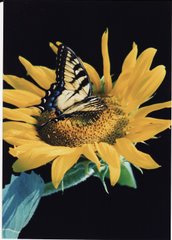


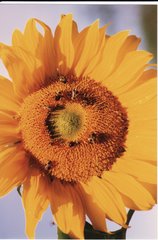
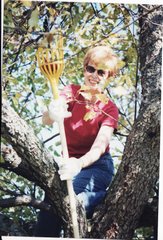





No comments:
Post a Comment